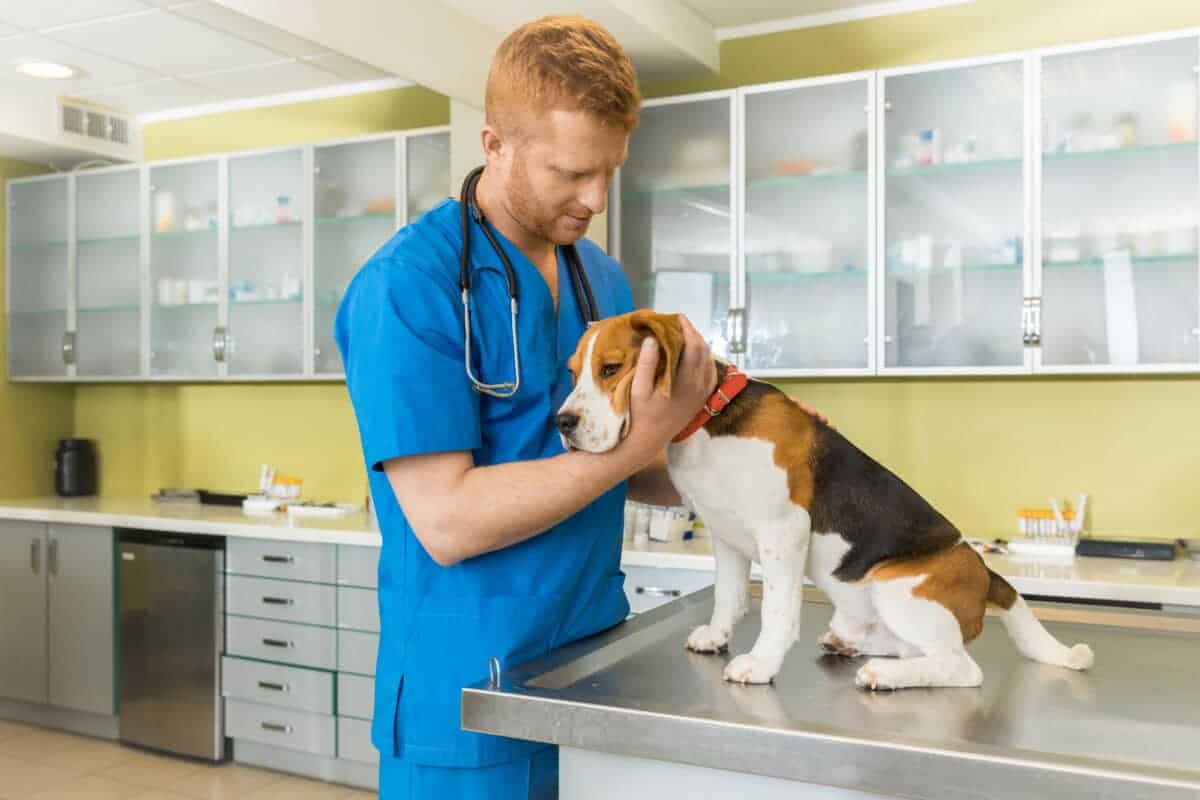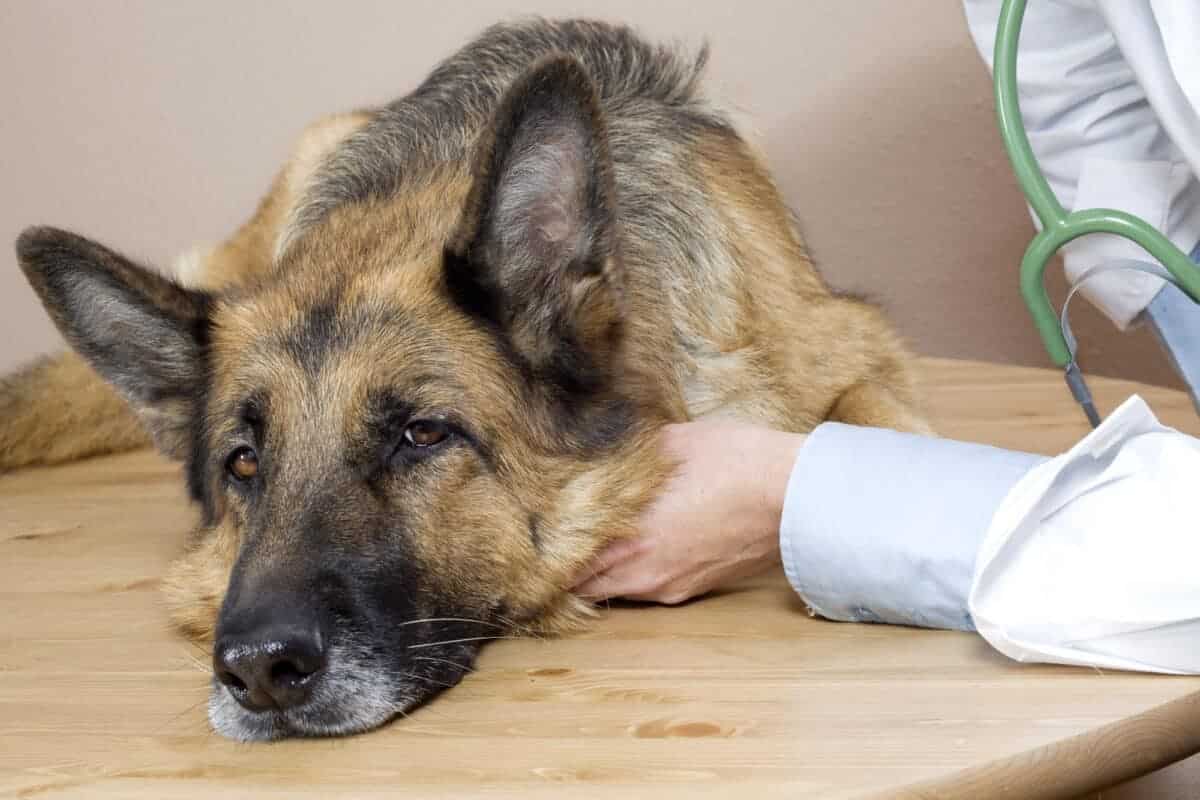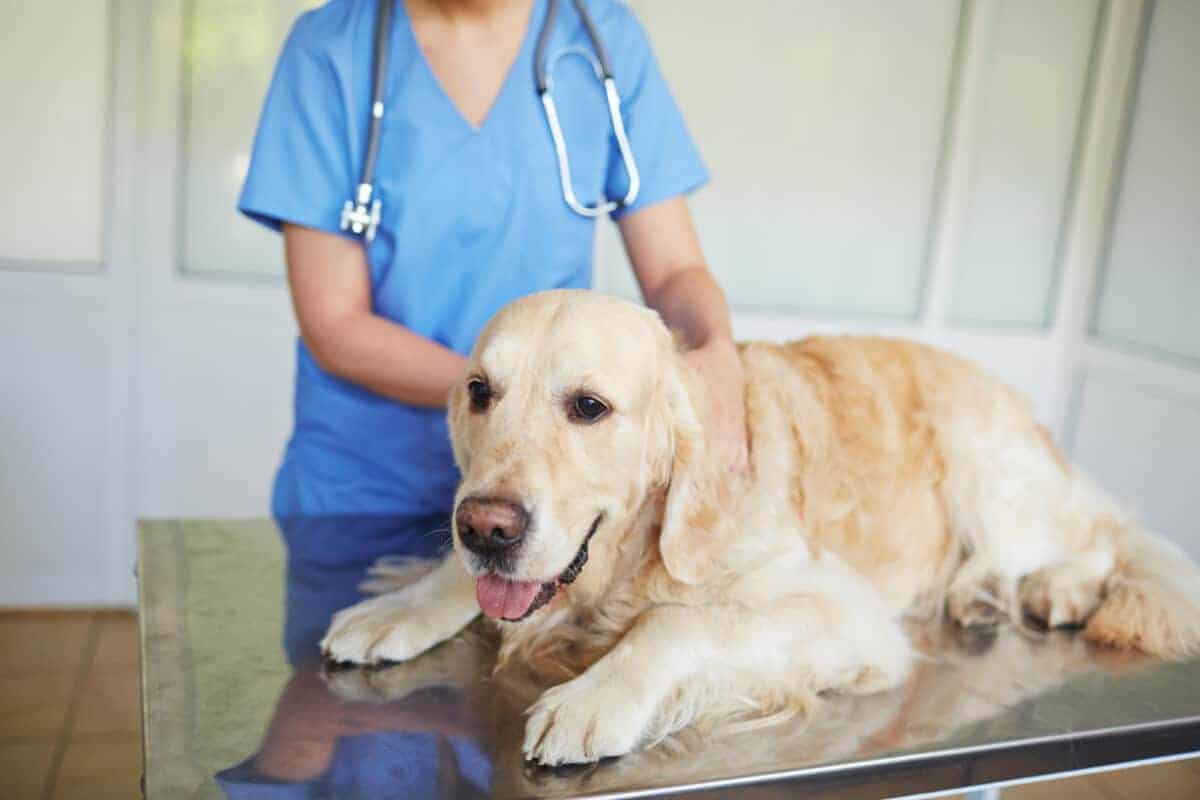In recent months, the veterinary community has been alerted to an increasing number of cases involving a perplexing respiratory condition in dogs. Unlike typical respiratory infections, this atypical canine respiratory disease has garnered attention due to its rapid progression and severity in certain cases. Reports from various states have highlighted the widespread nature of this outbreak, with symptoms that closely resemble kennel cough yet diverge in their response to conventional treatments.
Symptoms of Atypical Canine Respiratory Disease

The primary indicator of atypical canine respiratory disease is a persistent cough, which, in itself, is not uncommon among canines. However, the alarming aspect of this disease is the swift manner in which some affected dogs deteriorate, progressing to pneumonia and other severe outcomes. This rapid decline has prompted a re-evaluation of standard case definitions and diagnostic protocols to isolate this syndrome from other well-known canine illnesses. Veterinarians are now tasked with discerning the subtle nuances of this disease, collecting samples for analysis to identify any novel pathogens that might be at play.
The Scope of the Outbreak

With thousands of cases speculated nationwide and confirmed incidents in numerous states, the veterinary field faces a significant challenge. This atypical canine respiratory disease falls under the umbrella of the Canine Infectious Respiratory Disease Complex (CIRDC), known for its contagious nature and potential for co-infections. The variability in clinical presentations, ranging from mild, self-limiting symptoms to acute, life-threatening pneumonia, underscores the complexity of this outbreak and the urgent need for effective management strategies.
Diagnostic Dilemmas and Strategies

Accurate diagnosis is crucial for effective intervention. The recommended approach involves respiratory PCR panels conducted promptly after the onset of symptoms. This timely action is essential for capturing pathogens with fleeting shedding periods, thereby preventing missed diagnoses. The emphasis on early detection highlights the veterinary community’s proactive stance in combating this elusive illness, aiming to curb its spread through informed diagnosis and treatment.
Treatment for Atypical Canine Respiratory Disease

The treatment landscape for this atypical respiratory disease is fraught with uncertainty, given the unknown aetiology of the condition. For mild cases, supportive care may suffice, but severe manifestations necessitate aggressive interventions, including hospitalization, oxygen support, and potentially antibiotics, albeit with caution to prevent resistance. The absence of a definitive causative agent complicates treatment protocols, demanding a flexible and evidence-based approach to care.
Preventive Measures and the Path Forward

Prevention plays a pivotal role in addressing this outbreak. Isolating symptomatic dogs, along with strict sanitation practices, is vital in reducing transmission. The veterinary and pet-owning communities must remain vigilant, particularly in environments where dogs congregate, to prevent further spread of this disease. Continuous monitoring and reporting of cases will be critical in unraveling the mysteries of this ailment and devising targeted strategies for containment and management.
Collaborative Efforts and Community Engagement

As the investigation into this atypical canine respiratory disease continues, the importance of collaboration among veterinarians, researchers, and pet owners cannot be overstated. Sharing information and experiences will be key in piecing together the puzzle of this condition, enabling a more comprehensive understanding and effective response. The veterinary community’s commitment to ongoing education, research, and public outreach will be instrumental in safeguarding the health and well-being of our canine companions in the face of this enigmatic threat.
In conclusion, the outbreak of this atypical canine respiratory disease presents a complex challenge that demands a concerted effort from the veterinary community and pet owners alike. Through diligent diagnosis, informed treatment, and rigorous preventive measures, there is hope for managing this perplexing condition and protecting the health of dogs nationwide.
What do you think about this atypical canine respiratory disease? Leave a comment below.
Thank you for following along with this article – Atypical Canine Respiratory Disease? What You Need To Know
You may also like:
- Georgia’s Ticks and Lyme Disease
- Bobi, The World’s Oldest Dog, Dies Aged 31
- Barking Dog Rescues Injured Hiker on LaniPo Trail
Join our Forum for free today!

- Shocking Survey Results of only 718 Snow Leopards Identified in India - July 18, 2024
- Do Octopuses Punch Fish For No Reason? - July 5, 2024
- Brave Farm Animals Save Chicken Friend FromHawk - June 30, 2024

